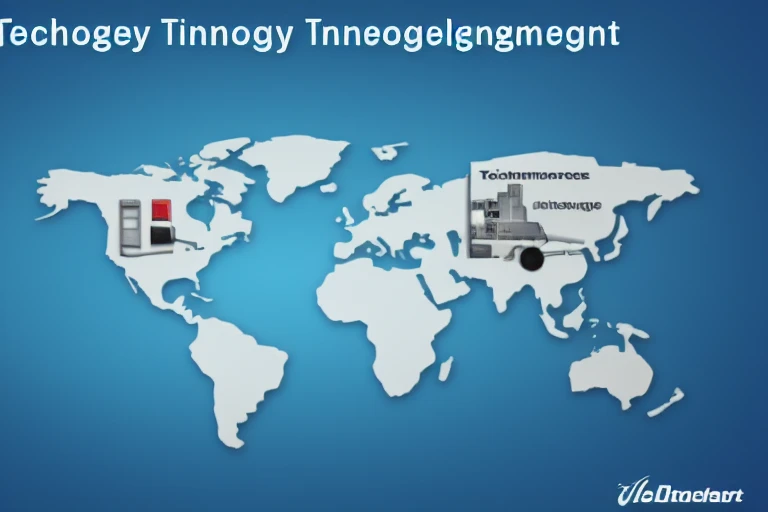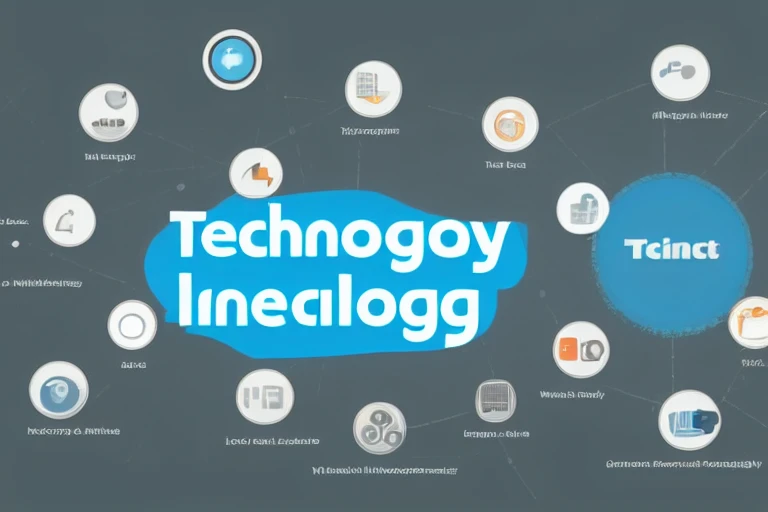Are you looking to develop a strong technology intelligence? Here are 5 tips to help you get started:
-
Understand the difference between data and information.
-
Know your audience and what information they need.
-
Collect data from multiple sources.
-
Analyze the data to identify trends and insights.
-
Share your findings with others in a clear and concise manner.
Define your goals and objectives
Technology intelligence is the ability to understand and use technology to solve problems. It can be broken down into three main areas: technical, cognitive, and social.
Technical intelligence is the ability to understand how technology works and how to use it. It includes knowledge about the hardware and software involved in technology, as well as how these technologies are used in the real world.
Cognitive intelligence is the ability to think critically about technology and how it works. It includes knowledge about how people use technology, as well as how people think about technology.
Social intelligence is the ability to understand and use social media, networking sites, and other forms of communication to connect with others. It includes knowledge about how people interact with technology, as well as how people interact with each other.
Research your audience
When developing a technology intelligence strategy, it is important to understand your audience. What are their goals and objectives? What are their challenges and opportunities? Knowing this will help you develop the right strategy and tactics for reaching them.
One way to research your audience is to conduct surveys. This can help you understand their needs and wants, as well as their attitudes and opinions on technology. You can also analyze customer data to see what products or services are most popular with your target audience. Finally, you can talk to industry experts and other leaders in your field to get their insights on what’s working and what’s not working in technology.
Develop a process for data collection
-
Develop a process for data collection.
-
Use a variety of data sources.
-
Analyze the data to identify trends and patterns.
-
Create dashboards and reports to help you understand your data.
-
Use technology intelligence to improve your decision-making processes.
Establish Key Performance Indicator Metrics
There is no one-size-fits-all answer to this question, as the key performance indicators (KPIs) that are most effective for technology intelligence will vary depending on the organization’s specific needs and objectives. However, some key KPIs that could be used to measure technology intelligence include:
- The percentage of users who are able to access the organization’s information resources from any device or location.
- The percentage of users who are able to find and use the organization’s resources quickly and easily.
- The percentage of users who are able to find and use the organization’s resources accurately and efficiently.
- The percentage of users who are able to report problems with the organization’s resources.
Analyze and interpret your data
There are a few ways to analyze and interpret your data in order to better understand how it relates to your organization. One way to do this is through trend analysis. By looking at past trends, you can see whether there have been any changes that suggest a pattern or trend developing. You can also use data mining techniques to identify specific patterns or trends within your data. Once you’ve identified the patterns, you can use those insights to make decisions based on what’s most important for your business.
In addition, it’s important to keep an updated view of the technologies that are impacting your industry. This means keeping up with the latest trends and developments in technology as they happen. Doing so will help you stay ahead of potential threats and opportunities related to technology. Finally, it’s essential to communicate effectively with both internal and external stakeholders about how technology is affecting your business. Doing so will help them make informed decisions about how best to capitalize on current opportunities and mitigate potential risks associated with technological change
Create actionable insights
Research Your Industry
Developing technology intelligence starts with analyzing your data. It’s important to understand what is happening in your industry and how it affects your business. Next, you need to interpret that information into actionable insights. Once you have these insights, you can begin researching the industry to gain a better understanding of how technology is impacting it.
Know Your Competitors
Analyzing data and interpreting it can help you understand your business trends and get a better understanding of how to improve customer experience. However, if you want to create actionable insights, it’s important to know your competitors. Doing so will not only help you stay ahead of the competition, but also identify new opportunities.
Here are five ways to research your competition:
- Look online: While not all information is available online, many companies make their public profiles available on websites such as LinkedIn or Google Scholar. Search for keywords related to what you’re selling and see which companies are ranking well for those terms.
- Go Talk To Them: Chances are good that some of your competitors have already talked with potential customers or partners. Ask them what they think about your product or service and see if you can learn anything new.
- Attend Industry Events: If you’re not already attending industry events, it’s time to start. Not only will this give you the opportunity to meet with potential customers and partners in person, but you’ll also be able to hear first-hand about new trends and developments in your industry.
- Analyze Their Financials: While not always the most accurate way to measure success, analyzing a company’s financials can give you a good indication of how well it’s doing. Look for indicators such as revenue growth, profitability, and shareholder value.
- Conduct Market Research: In addition to analyzing financials and other data, conducting market research can help you understand what people want and how they’re likely to behave. This information can help you develop product or service concepts that appeal to customers.
Understand Your Customers
Developing a strong technology intelligence starts with understanding what data is important and how to analyze it. Understanding your customers can help you identify which trends to watch and which products or services to develop. Additionally, understanding customer needs helps you tailor your products and services accordingly. It’s also important to track customer feedback so that you can continually improve your product offerings.
Implement a reporting system
Reporting is an important part of any technology intelligence system. It allows you to track progress and make informed decisions about the effectiveness of your technology initiatives.
There are a number of different reporting systems available, and it’s important to choose the one that best suits your needs. Some common types of reports include:
Performance reports: These reports show how your technology is performing against specific goals or objectives. They can help you identify areas where improvements are needed and help you track progress over time.
System status reports: These reports show the current status of your system, including the number of users and devices connected to it, the amount of data being processed, and so on. They can help you identify problems early and make necessary repairs or upgrades.
End-user surveys: These surveys ask users about their experiences with your technology and how they would have liked it to be different. They can help you identify areas where you need to improve customer service or make changes to your product design.
It’s important to keep in mind that not all reporting systems are suitable for all types of businesses. You’ll need to decide which type of report is most relevant to your situation and then select a reporting system that will provide the information you need.
Developing a strong technology intelligence is key to staying ahead of the competition. By following the tips above, you can ensure that you are collecting and analyzing the right data to make informed decisions about your next steps.
For more information on technology intelligence, be sure to check out our other content.




